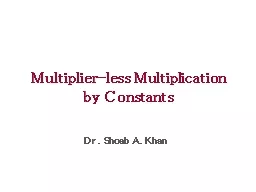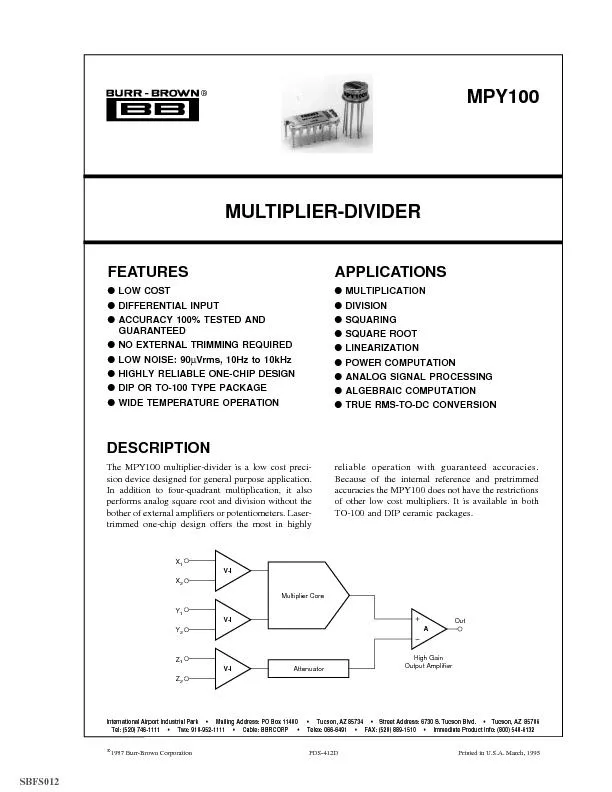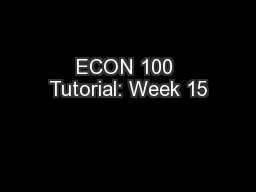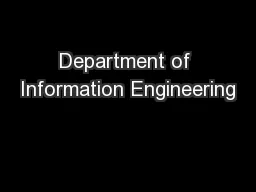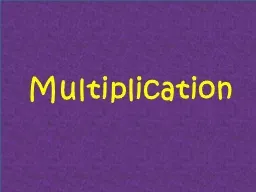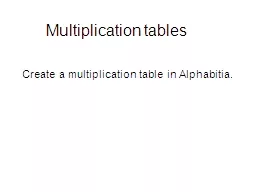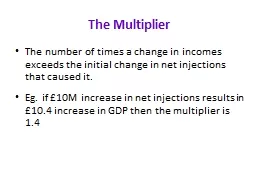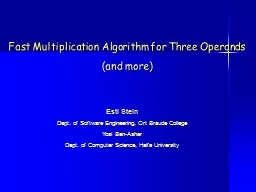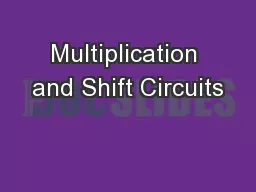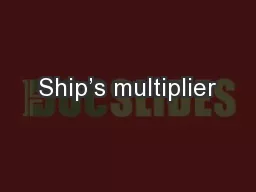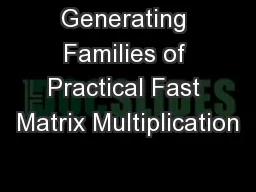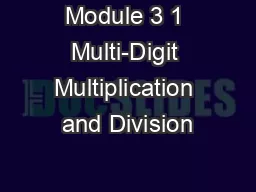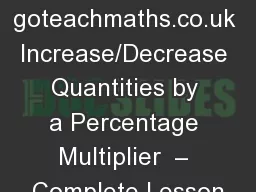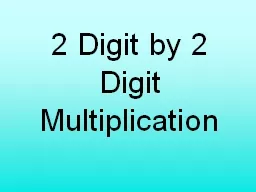PPT-Multiplier-less Multiplication
Author : aaron | Published Date : 2018-09-26
by Constants Dr Shoab A Khan Multiplication by Constant In many algorithms a large percentage of multiplications are by constants Complexity of a general purpose
Presentation Embed Code
Download Presentation
Download Presentation The PPT/PDF document "Multiplier-less Multiplication" is the property of its rightful owner. Permission is granted to download and print the materials on this website for personal, non-commercial use only, and to display it on your personal computer provided you do not modify the materials and that you retain all copyright notices contained in the materials. By downloading content from our website, you accept the terms of this agreement.
Multiplier-less Multiplication: Transcript
Download Rules Of Document
"Multiplier-less Multiplication"The content belongs to its owner. You may download and print it for personal use, without modification, and keep all copyright notices. By downloading, you agree to these terms.
Related Documents

